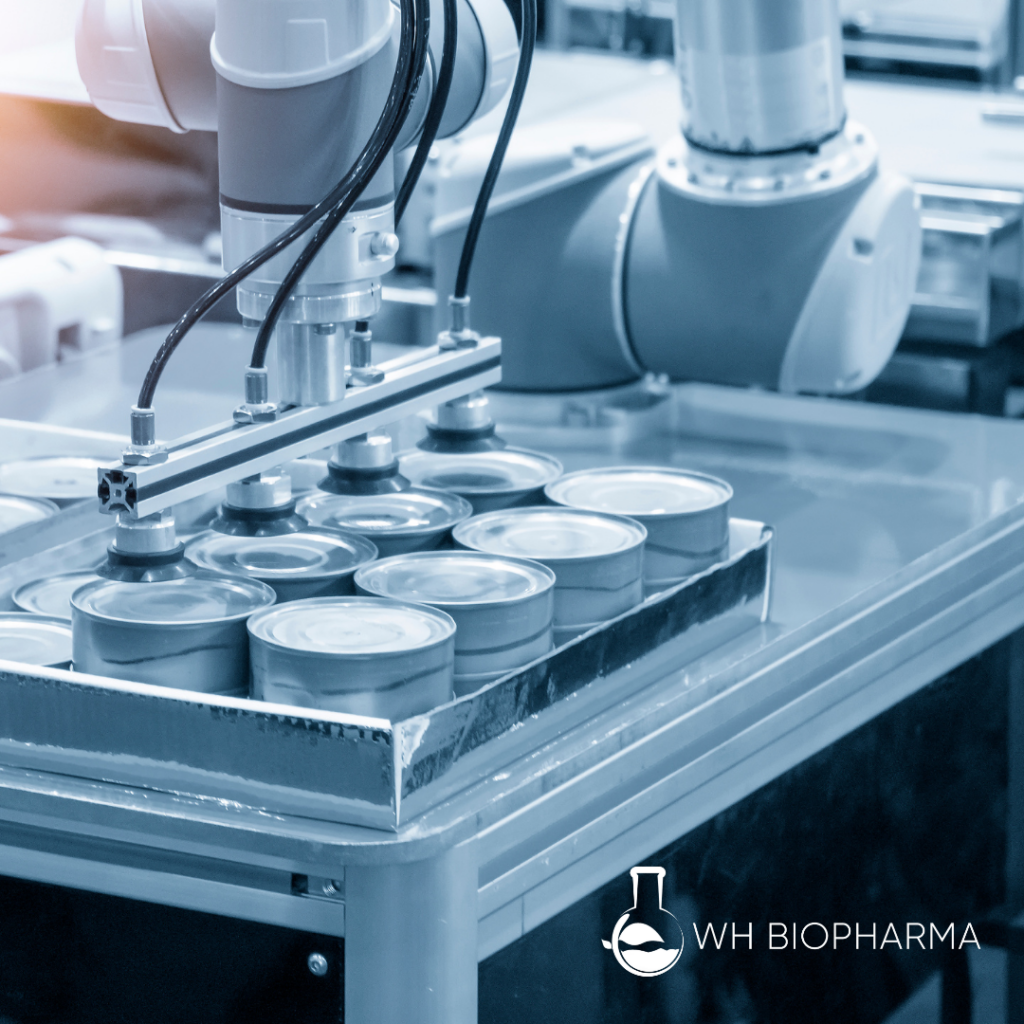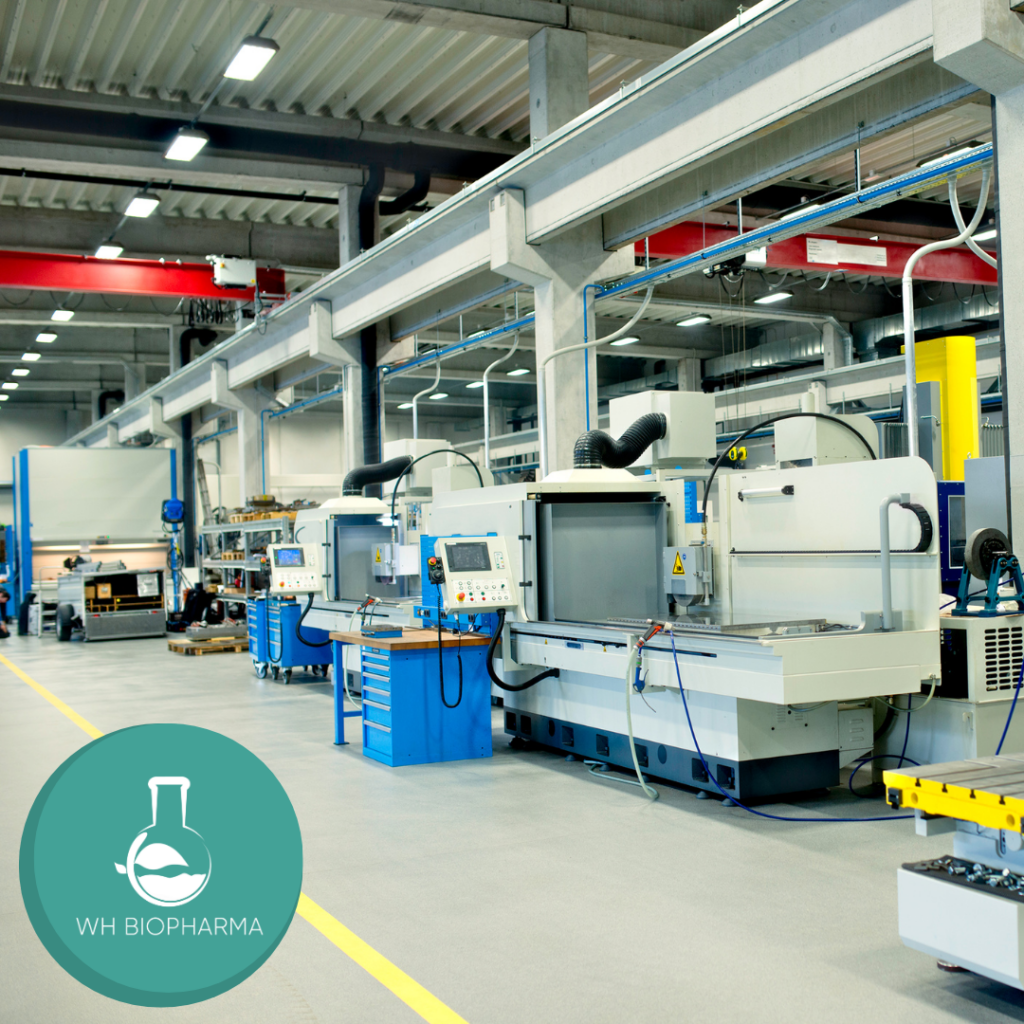Biomanufacturing: history and perspective
Biomanufacturing is a cutting-edge field that involves merging biological systems with engineering, chemical, and manufacturing processes to produce a wide range of products. This interdisciplinary approach harnesses the power of living systems, synthetic biology, and advanced cell culture techniques to create products for various industrial applications. Here’s an overview of what is a biomanufacturing process and its key elements:
- Biological Systems and Manufacturing Processes: Biomanufacturing integrates biological systems, such as cells and microorganisms, into manufacturing processes to create products with unique properties and functionalities.
- Synthetic Biology: This field involves engineering biological components and systems for new applications. In biomanufacturing, synthetic biology techniques are used to design and modify living organisms for specific purposes.
- Advanced Cell Culture: Biomanufacturing relies on advanced techniques for culturing cells and microorganisms under controlled conditions, ensuring optimal growth and productivity.
- Utilizes Biological Systems: Biomanufacturing utilizes the natural functions of biological systems to synthesize valuable products, ranging from biofuels to pharmaceuticals.
- Renewable Resources: Biomanufacturing often employs renewable resources as feedstocks, reducing reliance on non-renewable materials and minimizing environmental impact.
- Large Scale Production: Biomanufacturing processes can be scaled up for large-scale production, making them suitable for commercial production of various products.
- Cell Therapies and Human Tissues: Biomanufacturing plays a crucial role in the production of cell therapies, including regenerative medicine and treatments involving human tissues.
- Recombinant DNA Technology: This technology enables the manipulation of genetic material to produce desired traits in microorganisms, plants, and animals, enhancing their productivity in biomanufacturing.
- Example in Beverage Processing: Biomanufacturing is employed in the production of beverages like beer and yogurt, where microorganisms are used to ferment ingredients.
- Industrial Applications: Biomanufacturing finds applications in various industries, including pharmaceuticals, agriculture, food production, and more.
- Gene Therapy and Personalized Medicine: Biomanufacturing contributes to the production of gene therapies and personalized medicines tailored to individual patients.
- Growth Hormone and Therapeutic Proteins: Biomanufacturing is used to produce therapeutic proteins like growth hormones, insulin, and antibodies, benefiting patients with various diseases.
- Treating Cancer and Public Health: Biomanufacturing supports the development of cancer treatments and other medical interventions that improve public health.
- New Technologies: Biomanufacturing constantly integrates new technologies, enhancing the efficiency and scope of production processes.
- Manufacturing Costs: Biomanufacturing can offer cost advantages, especially for complex molecules, by harnessing cellular machinery to produce them.
- Living Systems: The living nature of the systems involved in biomanufacturing allows for dynamic adaptation and response to changing conditions.
- Advanced Biomanufacturing: This refers to the use of cutting-edge technologies and innovative approaches to further enhance the efficiency and capabilities of biomanufacturing processes.
- Treatments for Many Diseases: Biomanufacturing contributes to the development of treatments for a wide array of diseases, from genetic disorders to infectious diseases.
- Industry and Technology Integration: Biomanufacturing bridges the gap between traditional industries and modern biotechnology, leading to novel applications.
- Producing Diverse Products: From biofuels to enzymes, from vaccines to bio-based materials, biomanufacturing is capable of producing a diverse range of products.
Current Trends in the Biomanufacturing Industry

Current trends in the biomanufacturing process industry reflect the ongoing advancements in technology, increased focus by process manufacturers on sustainability, and expanding applications of bio manufactured process products. Here are some of the key trends:
- Advanced Biomanufacturing Technologies: The industry is adopting advanced technologies such as automation, artificial intelligence (AI), and data analytics to enhance process efficiency, reduce costs, and improve product quality.
- Synthetic Biology Integration: Synthetic biology is being integrated into biomanufacturing to engineer microorganisms with specific traits for improved production yields and optimized pathways.
- Cell-Free Biomanufacturing: Cell-free systems are gaining attention as they allow for efficient production of complex biomolecules without the need for living cells, offering flexibility and higher yields.
- Continuous Biomanufacturing: Continuous processing is becoming more prevalent, allowing for consistent and streamlined production with reduced downtime and higher throughput.
- Single-Use Systems: Single-use bioreactors and equipment are increasingly used, offering advantages in terms of flexibility, cost savings, and minimizing cross-contamination risks.
- Sustainable Practices: Biomanufacturing is incorporating more sustainable practices, such as using renewable resources, minimizing waste generation, and optimizing resource utilization.
- Personalized Medicine and Gene Therapies: The industry is focusing on producing personalized medicines and gene therapies tailored to individual patients, driving demand for flexible and adaptable manufacturing processes.
- Regenerative Medicine and Tissue Engineering: Biomanufacturing plays a pivotal role in producing tissues and organs for transplantation and regenerative medicine applications.
- Cell Therapies: The development of cell therapies, including CAR-T cell therapies for cancer treatment, has led to increased attention on biomanufacturing processes that can meet the specific requirements of these therapies.
- Vaccines and Pandemic Preparedness: Recent global health crises have highlighted the importance of flexible and scalable biomanufacturing for rapid vaccine development and production.
- Bio-Based Materials: Biomanufacturing is being used to create bio-based materials that can replace traditional petroleum-based products in various applications.
- 3D Bioprinting: Advancements in 3D bioprinting technology allow for the precise fabrication of complex tissues and organs, paving the way for breakthroughs in regenerative medicine.
- Microbiome Engineering: Biomanufacturing is being applied to engineer and manipulate microbial communities for applications in agriculture, environmental remediation, and more.
- AI and Machine Learning: These technologies are being employed to optimize biomanufacturing processes, predict outcomes, and accelerate research and development.
- Decentralized Manufacturing: Biomanufacturing is moving towards decentralized production models, enabling local manufacturing of therapies and reducing supply chain vulnerabilities.
- Collaborations and Partnerships: Collaboration between academia, industry, and research institutions is increasing, fostering innovation and knowledge exchange in biomanufacturing.
- Emerging Markets: Biomanufacturing is expanding into emerging markets, driven by increasing demand for pharmaceuticals, bio-based products, and medical treatments.
- Flexible Facilities: Biomanufacturing facilities are being designed with flexibility in mind to accommodate multiple products and adapt to changing production needs.
- Biomanufacturing for Environmental Solutions: Biomanufacturing is explored for producing biofuels, bioplastics, and other sustainable alternatives to address environmental challenges.
- Global Regulatory Harmonization: Efforts to harmonize regulations across countries are facilitating the movement of biomanufactured products across international borders.
These trends collectively showcase the dynamic nature of the biomanufacturing industry, highlighting its pivotal role in healthcare, environment, sustainability, and technological innovation.
Biological Systems and Manufacturing Processes

Biological systems and manufacturing processes are two distinct domains that are increasingly being integrated to create innovative solutions in various industries. This first form of convergence leverages the capabilities of living organisms and their processes to develop new materials, products, and technologies. Here’s an example of an overview of the relationship between biological systems and manufacturing processes:
Biological Systems
Biological systems encompass all living organisms, from microorganisms to plants, animals, and humans. These systems have evolved complex and intricate mechanisms to perform various functions, such as metabolism, growth, reproduction, and response to stimuli.
Manufacturing Processes
Manufacturing processes involve the transformation of raw materials into finished products through various techniques and operations. Traditional manufacturing includes processes like machining, casting, and molding. Modern manufacturing often incorporates automation, computer control, and advanced technologies.
Integration of Biological Systems and Manufacturing Processes
The integration of biological systems and manufacturing processes involves using the capabilities of living organisms to enhance or transform manufacturing processes. This integration can take various forms:
Biomanufacturing: This involves using biological systems, such as microorganisms, to produce valuable products like pharmaceuticals, biofuels, and enzymes. The organisms are cultivated and manipulated to synthesize desired compounds.
Bioremediation: Biological systems are employed to clean up pollutants and contaminants from soil, water, and air. Microorganisms are harnessed to degrade or transform harmful substances into less toxic forms.
Biomimicry: Manufacturing processes are inspired by natural designs and processes found in biological systems. This approach aims to create more efficient and sustainable technologies by emulating nature’s solutions.
Tissue Engineering: Biological systems are utilized to fabricate tissues and organs for medical purposes. Tissue engineering combines cells, scaffolds, and growth factors to create functional biological structures.
Synthetic Biology: This interdisciplinary field involves engineering biological components to create new functions or enhance existing ones. It often merges biological systems with manufacturing principles to produce novel materials and products.
Advantages of Integration
Efficiency: Biological systems can perform complex reactions with high specificity and efficiency, potentially reducing the need for energy-intensive processes.
Sustainability: The integration of biological systems can lead to more sustainable manufacturing practices, such as using renewable resources and generating fewer harmful byproducts.
Innovation: Biological systems offer unique capabilities that can lead to the development of novel materials, therapies, and products that were previously unattainable.
Customization: Living organisms can be engineered to produce specific compounds, allowing for tailored products and applications.
Reduced Environmental Impact: Biologically based manufacturing processes can have lower carbon footprints and minimize the use of harsh chemicals.
Examples of Integration:
- Using microorganisms to produce biofuels, such as ethanol and biodiesel, as an alternative to fossil fuels.
- Employing enzymes derived from biological systems for more efficient and eco-friendly detergents.
- Creating biodegradable plastics from renewable resources like plant-based materials.
- Developing pharmaceuticals through biomanufacturing, utilizing genetically engineered cells to produce therapeutic proteins.
The integration of biological systems and manufacturing processes represents a powerful avenue for technological advancement, sustainability, and the creation of innovative solutions to address various challenges across industries.





